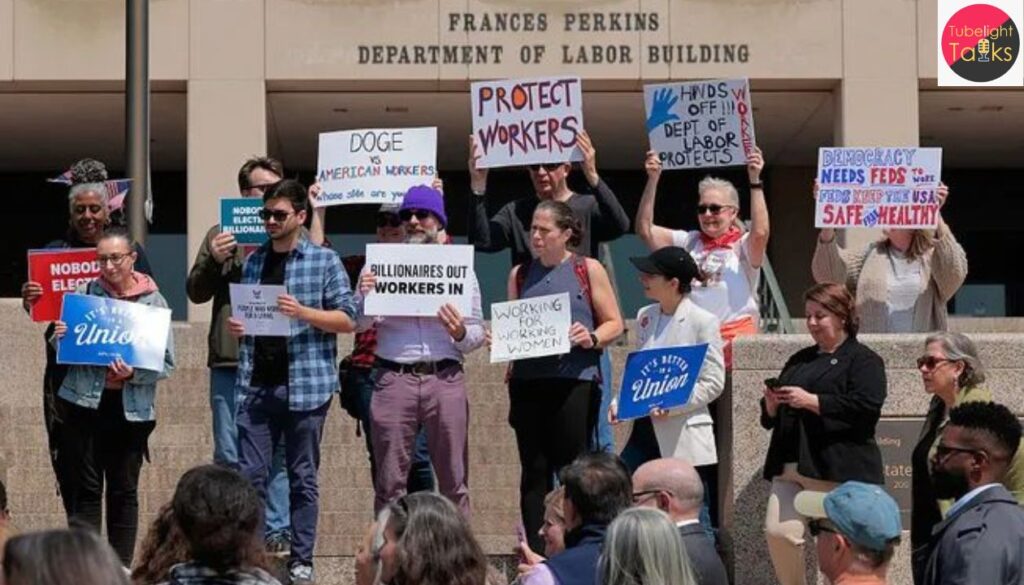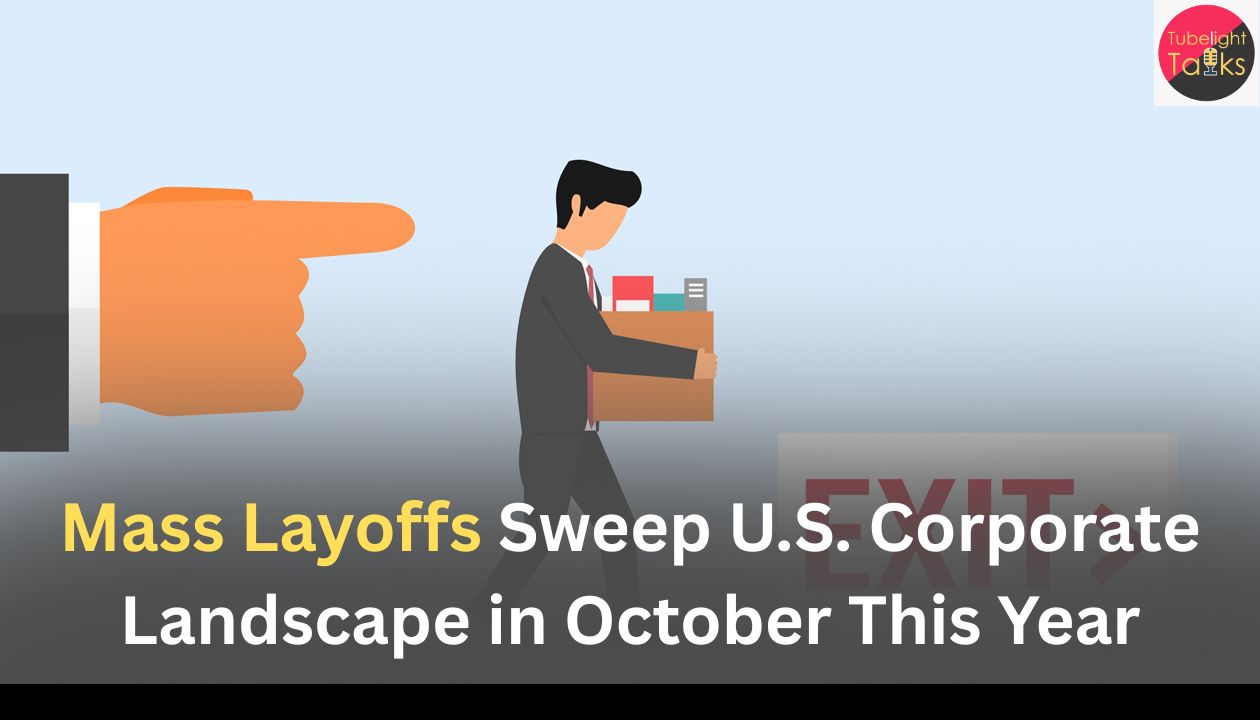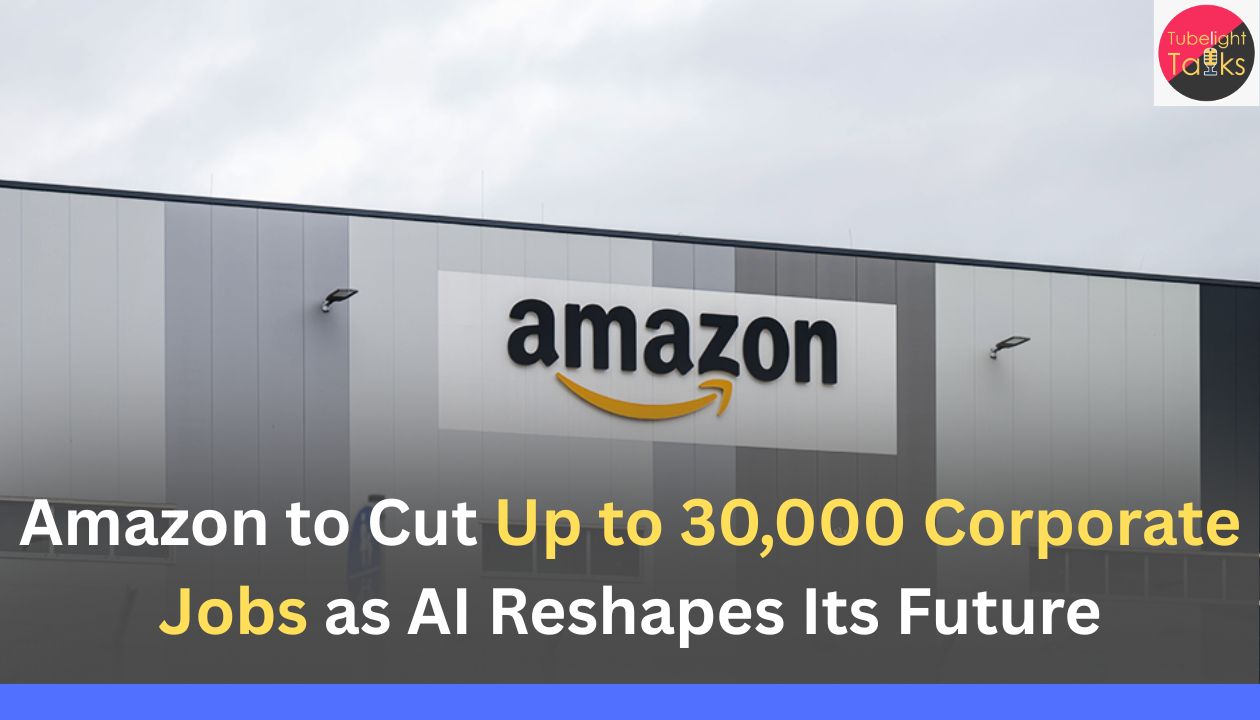Mass Layoffs: In what analysts are calling the most significant labor restructuring since the pandemic, massive corporate layoffs have gripped the U.S. economy in October 2025, with Amazon, UPS, and PwC leading the charge.
These sweeping job cuts underscore the growing influence of AI automation, cost restructuring, and post-pandemic operational shifts, as nearly 950,000 jobs have already been eliminated this year.
Largest Layoffs Announced
Amazon’s Historic Workforce Reduction
Amazon is conducting its biggest-ever corporate layoff, targeting up to 30,000 white-collar jobs, or nearly 10% of its corporate staff.
Divisions affected include Amazon Web Services (AWS), devices, operations, and HR, as the company seeks to reduce layers, speed up decision-making, and deploy AI at scale.
“This is not about performance. It’s about streamlining for speed, innovation and AI-led decisioning,” an Amazon executive told CNBC.
Amazon has simultaneously announced the hiring of 250,000 seasonal workers for the holiday rush, revealing a growing divide between permanent and gig roles.
UPS Cuts 48,000 Jobs — Largest Since Pandemic
UPS has laid off 48,000 workers, making it the largest single-year layoff by a U.S. firm in recent history.
Most roles cut were warehouse and delivery jobs, but 14,000 managerial positions were also eliminated as the company struggles with declining volume and rising operating costs.
“We must restructure to stay competitive,” said a UPS spokesperson. “This includes embracing automation and lean logistics.”
PwC & Other Firms Follow the Trend
PricewaterhouseCoopers (PwC) announced layoffs affecting 1,500 U.S. employees, around 2% of its domestic workforce.
Several other giants also contributed to the October job-loss wave:
- Intel, Meta (Facebook), Microsoft, Salesforce, and Google continued their 2024–25 AI-driven reorganizations.
- TechCrunch reports that over 300,000 tech jobs have been cut globally in 2025 so far.
- Starbucks and Walmart are reportedly freezing hiring, signaling further contraction in retail.
Key Drivers Behind the Layoffs
AI and Automation Restructuring
The acceleration of AI adoption is displacing back-office and even mid-level roles, especially in tech and logistics.
Executives are turning to predictive AI, robotics, and machine learning to reduce costs and improve efficiency.
“AI can now do what 100 analysts took a month to accomplish,” said a Meta executive.
Financial Pressure and Slow Demand
Post-pandemic consumer patterns have shifted. Many companies are now battling weaker demand, slower growth, and higher interest rates—forcing them to make difficult workforce decisions.

Despite this, Amazon and UPS both posted moderate profits, prompting criticism over “profit-first” restructuring.
Wider Economic and Social Impact
Broad-Based Job Cuts
Layoffs are not limited to tech or logistics. They now affect:
- Manufacturing (GE, Ford)
- Finance (Goldman Sachs, Citi)
- Healthcare (non-clinical staff at large hospitals)
- Education and Media
Labor Data Uncertainty
The October U.S. jobs report was delayed due to the federal government shutdown—leaving economists and job seekers in the dark.
This has amplified anxiety, particularly among white-collar workers, a group once considered secure.
Worker Sentiment and Mental Health
Studies show that 70% of laid-off workers report increased stress and uncertainty, with mental health issues on the rise due to sudden income loss and lack of transition support.
Restructuring with Responsibility
From the spiritual lens of Sant Rampal Ji Maharaj, who teaches Satgyan (true knowledge), these layoffs are not merely corporate events — they are moral and social turning points.
True progress lies not just in technology or profit, but in respect for human dignity, support during transition, and shared prosperity.
“An economy that advances machines but forgets people walks only half the path.” – Satgyan principle
If corporations prioritized reskilling, mental health, and ethical AI, the shift could serve humanity, not just balance sheets. That is the essence of Satgyan-led progress.
Also Read: Massive Layoff Wave Hits Tech & Media in October 2025
What Lies Ahead?
Reskilling and Workforce Transition
The biggest challenge is not just layoffs, but what comes next.
Governments and corporations will need to invest heavily in:
- AI-compatible reskilling
- Mental health support
- Public safety nets
Failure to act could deepen inequality and fuel public distrust.
Key Trends to Watch
- Will more firms announce pre-holiday layoffs?
- Will white-collar roles remain vulnerable in 2026?
- Can job-creation in green energy, AI, and healthcare offset these cuts?
FAQs: U.S. Layoff Wave 2025
Q1. How many jobs have been lost in 2025 so far?
Nearly 950,000 across sectors, according to federal and third-party trackers.
Q2. Which companies had the biggest layoffs this month?
Amazon (30,000), UPS (48,000), PwC (1,500), Meta, Intel, and Microsoft.
Q3. What’s driving the layoffs?
AI automation, over-hiring during the pandemic, cost-cutting, and strategic shifts.
Q4. Are any industries still hiring?
Yes—healthcare, renewable energy, and seasonal retail are still hiring.
Q5. What’s the outlook for 2026?
Continued automation and cautious hiring, with possible rebound in green and AI sectors.










